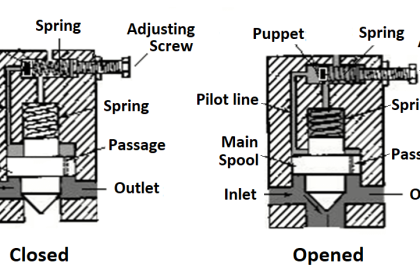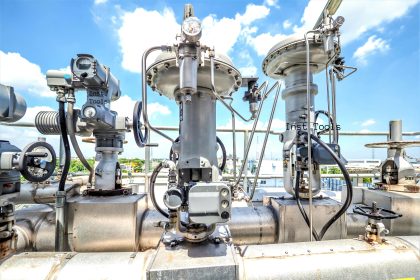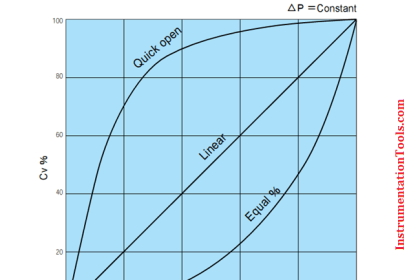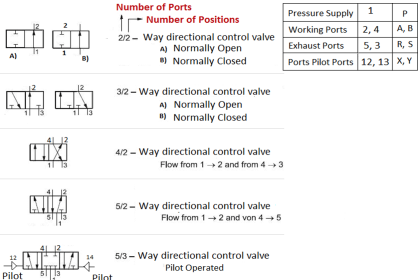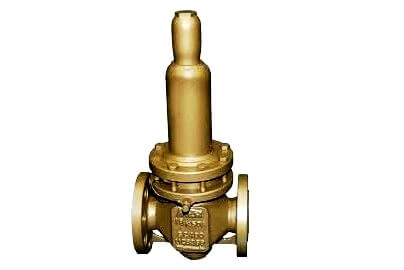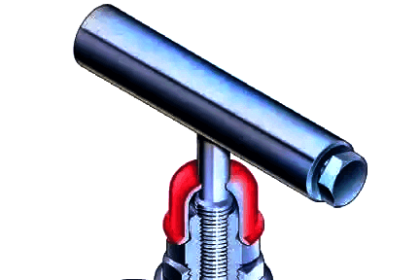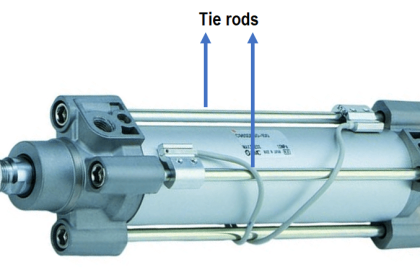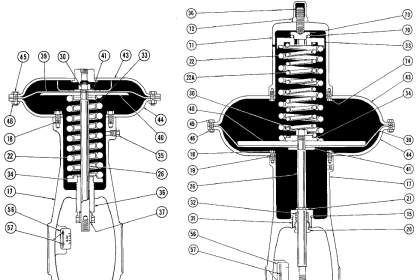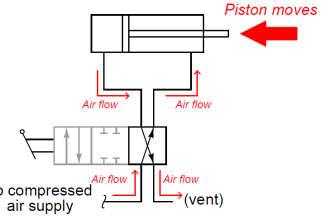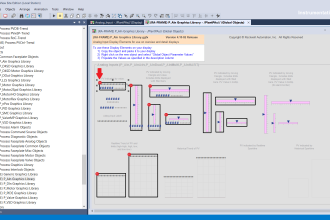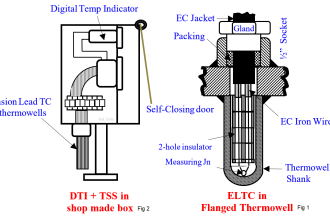Control Valve Noise
The predicted sound pressure level radiated from a control valve is a complex determination, and the allowable noise level in the installed location cannot be stated as one simple number to be specified in all circumstances. This is particularly true where there are other noise sources in close proximity since they have an additive effect.
The actual level depends on a number of factors, such as atmospheric discharge, physical location, the proximity of other noise sources and their magnitude, piping system configuration and wall thickness, insulation on piping, presence of reflective sources, etc.
Prediction of noise generated by a control valve is an inexact science. Prediction levels for a valve operation at conditions specified on the specification sheet can vary widely using various manufacturers’ methods.
To provide a basis for allowable noise level analysis, control valves calculated to generate excessive noise levels should have alternate valves proposed that will not exceed 85 dBA at one meter downstream and one meter out from the pipe.
For atmospheric discharge vent control valves (or system), the noise level should not exceed 90 dBA at a point four meters down from the vent exhaust and at a downward angle of 45 degrees.
No allowance should be taken for insulation or increased pipe wall thickness over that specified in making noise calculation, or in the valve or the noise reduction system.
The calculated continuous noise level should not exceed 85 dBA, measured where personnel may be continuously working. This may not be one meter downstream and one meter out from the pipe.
The Occupational Safety and Health Administration decreases the allowable time of exposure as the sound level increases, and the user is referred to as OSHA 1910.95 for specific guidelines. It is the user’s responsibility to determine if the sound level will meet OSHA requirements.
Noise levels above 85 dBA may be allowable where personnel is not working continuously.
The maximum intermittent sound level should normally be limited to 110 dBA.
Documented procedures and computer programs to estimate control valve noise are available from leading manufacturers, and they should be used to determine whether the noise is a consideration. However, noise prediction and mitigation is a specialized effort generally requiring the manufacturer’s recommendation for an effective design.
Valves with noise abatement or cavitation control trim with small passages tend to plug with debris, particularly during startup, and should be protected with conical or T-type strainers.
Testing Setup
The control valve noise test setup consists of a high-pressure source, upstream throttling valve, upstream silencer, test specimen or valve, low-pressure receiver, test chamber, flow, and acoustic instrumentation.
The test setup is shown in the image below.
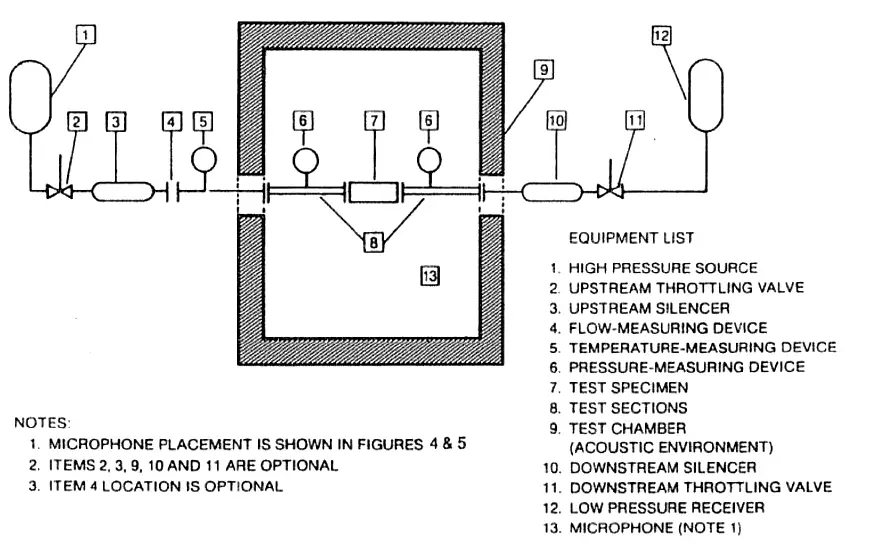
The upstream and downstream throttling valves are required to maintain the required pressure in the test system. If a large pressure drop occurs across the test system then we need an upstream silencer for noise reduction of throttling valves.
The test valve and associated piping should not be insulated. There are no limitations concerning the upstream and downstream piping length requirements. The exposed pipe in the test chamber should be a minimum of 2 meters long and free of mechanical connections.
Piping for each side of the test valve should be schedule 40 steel pipe for valves through 10-inch body size having pressure rating up to ANSI class 600. Piping having 10 mm wall thickness should be used for valve sizes ranging from 12 to 24 inches.
Pressure taps should be provided for the measurement of upstream and downstream pressure. The microphone should be located 1 meter away from the nearest pipe surface.
Read Next:
- Control Valve Noise
- Control Valve MCQ
- Pressure Relief Valve
- Pneumatic Valve Positioner
- Solenoid Valve & PLC Wiring
